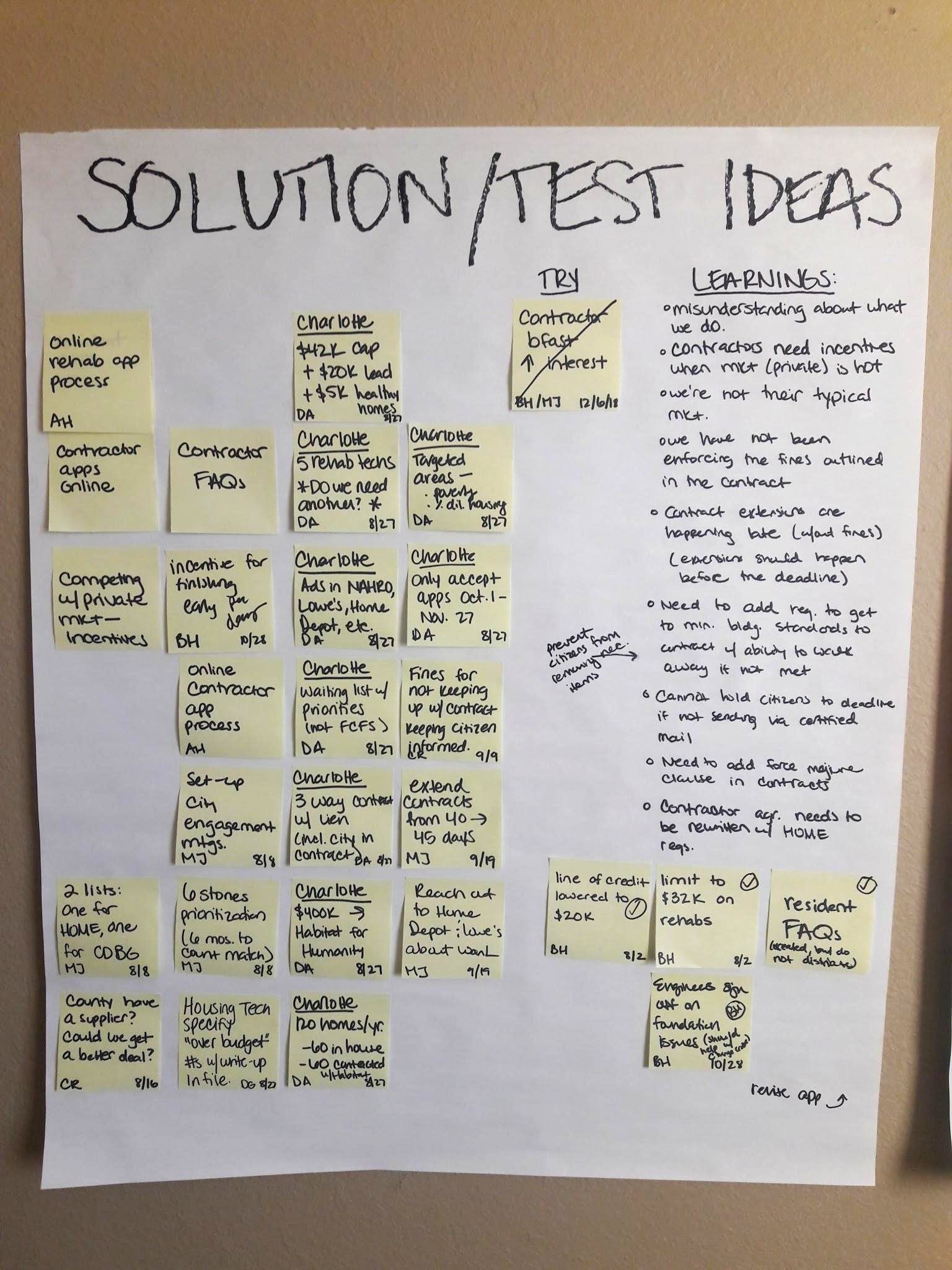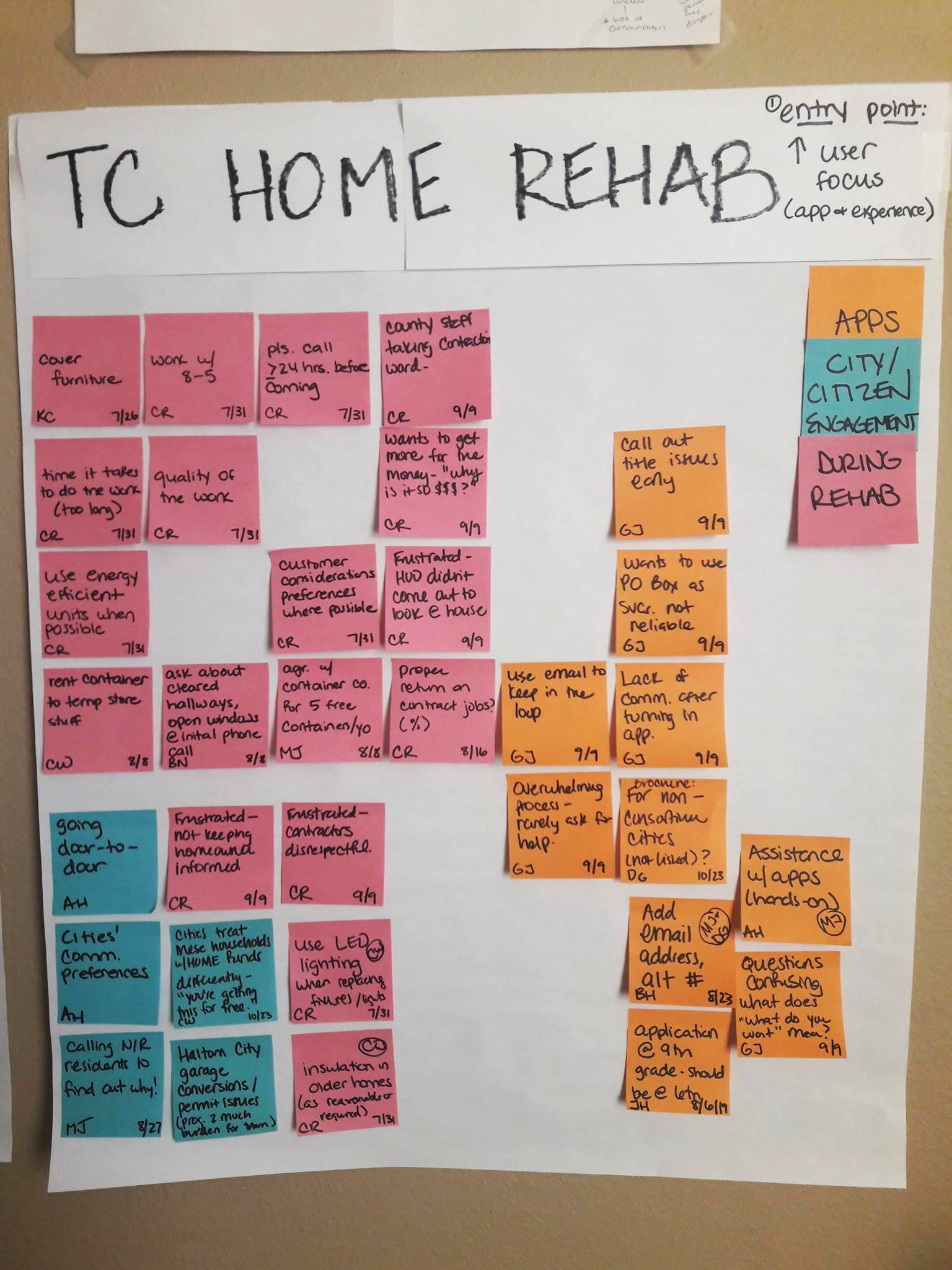
Today’s Morning Buzz is brought to you by Maggie Jones – connect on LinkedIn & Twitter!
What I’m Listening to: Sincerely, X podcast and an eclectic mix including (in no particular order) Glass Animals, ODESZA, Blended Babies, Lizzo, Sylvan Esso, Marc Rebillet, Mars Volta, Tool, and PAW Patrol Pup Pup Boogie
What I’m Reading: recently finished Daisy Jones and the Six by Taylor Jenkins Reid, Where the Crawdads Sing by Delia Owens, and currently reading Rising Strong by Brene Brown
Public sector work is not for the faint at heart. Over a 48-hour period, you may experience a rollercoaster of emotions including:
- Inspiring others about why they should pursue a career in local government
- Shutting the office down early due to a citizen threat
- Receiving one of your best performance appraisals of your career
- Regrettable HR decisions
- Making a policy change that positively impacts your work and those you serve
- Being reprimanded for making said policy change
- Power struggles
- “We’ve always done it this way”
 For much of my career in public service, I’ve been faced with angry constituents, toxic work environments, bad bosses, mean girls (and guys), and meetings that should have been emails. I’ve been bullied, threatened, gaslighted, and incredibly uncomfortable. There are days when you start to see the lotus coming up through the mud and then there are days when you’re hiding your favorite blog posts and articles from Medium and Fast Company under your desk like contraband.
For much of my career in public service, I’ve been faced with angry constituents, toxic work environments, bad bosses, mean girls (and guys), and meetings that should have been emails. I’ve been bullied, threatened, gaslighted, and incredibly uncomfortable. There are days when you start to see the lotus coming up through the mud and then there are days when you’re hiding your favorite blog posts and articles from Medium and Fast Company under your desk like contraband.
I’ve always been a bit of a Swiss Army knife: multi-tool (multi-job), reliable, practical, adaptable. But that doesn’t mean I’ve always been equipped to handle life in local government. Sometimes the Swiss Army knife doesn’t cut it and you need something else.
Over the years I had three amazing supervisors, one who later became a wonderful mentor and friend. Robert Sturns taught me how to manage up, navigate the ever-changing political landscape, and ask the right questions at the right time. He also taught me how to be resilient, that leadership comes at all levels, and that kindness always wins. Rob gave me the freedom and support to try new things, even if it meant failing (forward). Even as an A-Team of three, our little division’s workflow produced as much (if not more) than an entire high-performing department, which can certainly be attributed to Rob’s coaching leadership style and the diversity of our team’s skills and talents. Reflecting on this time with the A-Team has brought me back to life on the toughest of days and has sparked me to lead my own team in a way that I hope inspires them, too.
Eventually my career track moved me away from that job and I found myself in a series of situations that challenged my ethics as well as my heart. “We’ve always done it this way” was king, “change” was a bad word, asking questions was frowned upon, and we weren’t getting the desired results at cost to those were were claiming to serve.
And then, in a series of events, everything changed.
The City of Arlington joined the Bloomberg-Harvard City Leadership Initiative in an effort to build their toolbox to tackle tough community challenges, specifically behavioral health. Due to past work on the Mayors’ Council’s work to address the same issue (see multi-tool, multi-job), I had the honor of becoming part of the core group, a diverse cohort with representatives from organizations across the county. Over the next six months with the guidance of Jon Freach, our design coach, and John Burgoyne, our facilitator, we learned how to better understand our challenge, work with the community to generate ideas, build and test prototypes, and make the case for implementation. I found myself in a room with wonderful, brilliant people who not only encouraged us to ask questions, test ideas, and make data-driven decisions, they found value in doing so. In many ways, this paragraph can be boiled down to the first three words of the last sentence: I found myself.
Later, I was incredibly fortunate to find myself in a Harvard Kennedy School Executive Education classroom (pro tip: always answer the phone when the City of Arlington calls you). As I sat at my desk surrounded by people from all over the globe tackling incredible challenges such as clean water, deforestation of the Amazon rainforest, implementation of a tax system, and racism, I began to feel the imposter syndrome creeping in. What am I doing here? The challenge I had selected was one I had been grappling with for months: our federally-funded home repair program was not performing as it should be; we only served 40ish households per year. Service numbers were dwindling, contractors were taking too long to complete projects, and city interest was fading. Worse, the problem was framed as something out of our control.
Before I could dwell too long, Matt Andrews called on me to deconstruct my challenge using an Ishikawa (fishbone) diagram. The beauty of a fishbone is it allows you to better understand the root causes of a problem by asking “why does this happen?” over and over again. As we dove down deeper, it became clear that my challenge was much more complex than I had originally anticipated, but better yet there were entry points of access I hadn’t considered before.
At one particular moment during this exercise, Matt raised a question as to whether or not we would continue to operate the program if federal funding did not exist. “Of course we would!” I exclaimed without hesitation, not actually knowing if we could. Matt paused for a moment, smiled, and said, “To the 40 households this program positively impacts each year, this program is life changing.”
A lightbulb turned on. I had forgotten for a moment why I fell in love with local government in the first place: people.
Over the next week – and the weeks after – my toolbox expanded to include problem driven iterative adaptation (PDIA) and other key skills; it was no longer just about my trusted Swiss Army knife. I returned home with a sense of urgency, excited to share what I learned with my team. I used a fishbone diagram to walk through our particular challenge and reviewed points of entry. Hesitant at first, we started testing new things with the authority, acceptance, and ability we had (or created), everything from citizen feedback to marketing strategy to new forms. Suddenly, it didn’t seem so big anymore; it seemed absolutely doable.


We learned we were running out of ideas simply because we didn’t have enough ideas. Further, we were stuck in the past, hadn’t asked the right questions or used the right tools, in part because addressing this challenge meant stepping out of our comfort zone and accepting (1) we had a problem; and (2) we could address it – and therefore we had a responsibility to do something about it.
It turns out that some of the red tape in government isn’t quite tape, but more of an elastic band. Often it is easier to say “we can’t” rather than asking “what can we do?” Once you ask this question, your world opens up in ways you hadn’t thought of before and you have much more to work with than if you had thrown up your hands in defeat. By simply thinking differently, you begin to expand the means for tackling the challenge at hand.
Think about a crying child for a moment. A parent’s first instinct is likely to try as many things as possible as quickly as possible to soothe the child and stop the crying. If something doesn’t work, you try something else. As many things as possible. As quickly as possible. So, why don’t we do more of this in local government?
Fortunately for us, organizations like Bloomberg Philanthropies, Centre for Public Impact, ELGL, Harvard Kennedy School, Results for America, Sunlight Foundation, What Works Cities, and countless others (e.g. Haverford Awards) are here with us in the trenches, supporting us with the tools and encouragement we need along the way to do what we do best: serve the public the very best we can. We just have to be open to it.
I write these words to encourage those who are at the same crossroads I have been, over and over again. If you are reading this blog post, my guess is you are not in this work for the money. You’re not in it for the hours and you’re not in it for the glamour. You are in the trenches of this work because tackling challenges for the betterment of our world and the people that live in it is where your heart is. You want to make a positive difference for the people you serve in your community, each and every (really) long, hard day.
This work is hard, but you don’t have to go at it alone. In fact, you shouldn’t.
So, welcome to the family. We’re really glad you’re here. Let’s get to work.
